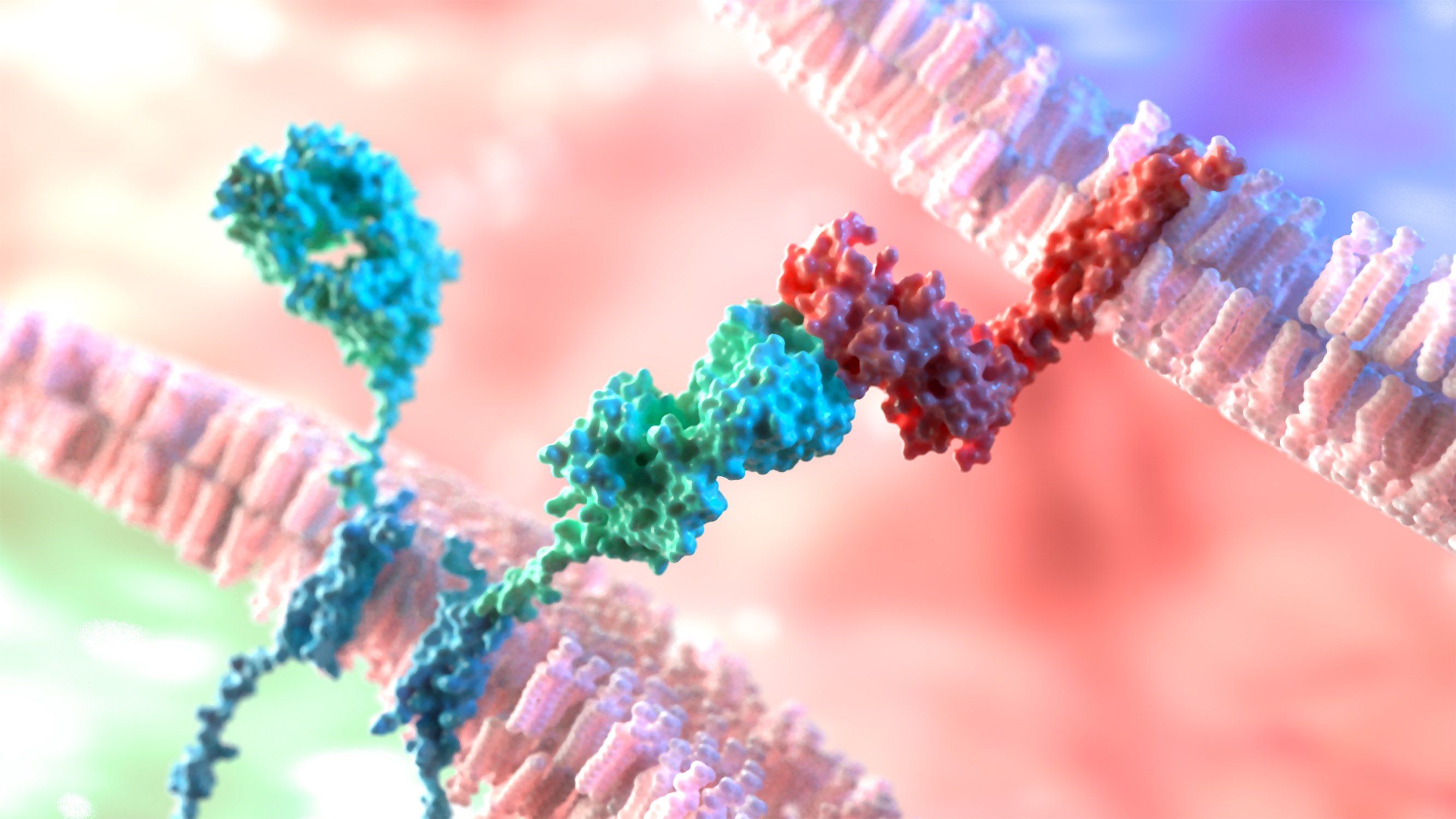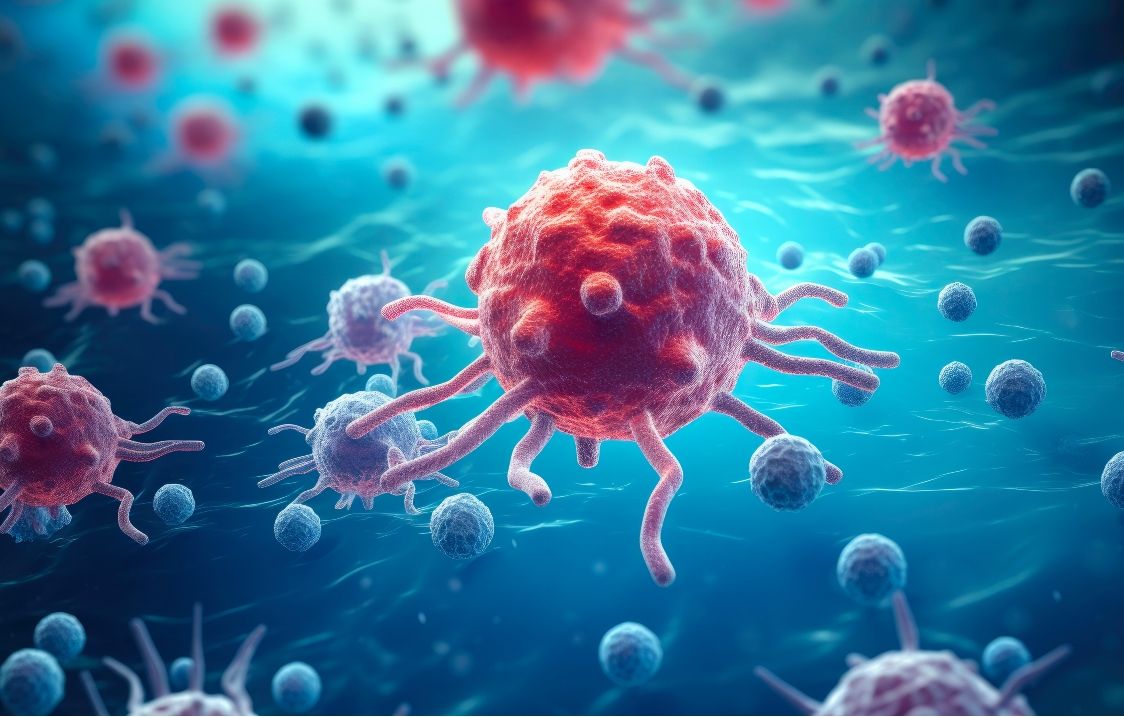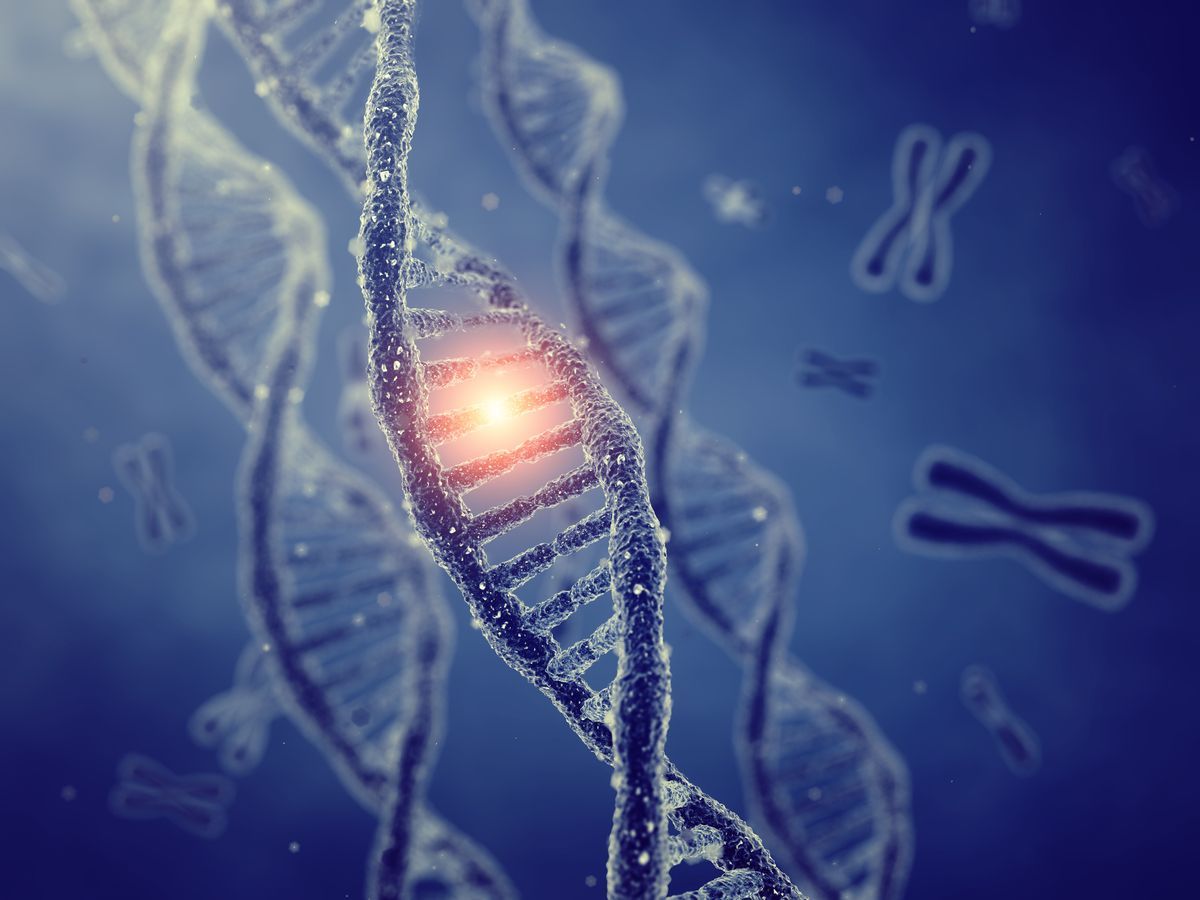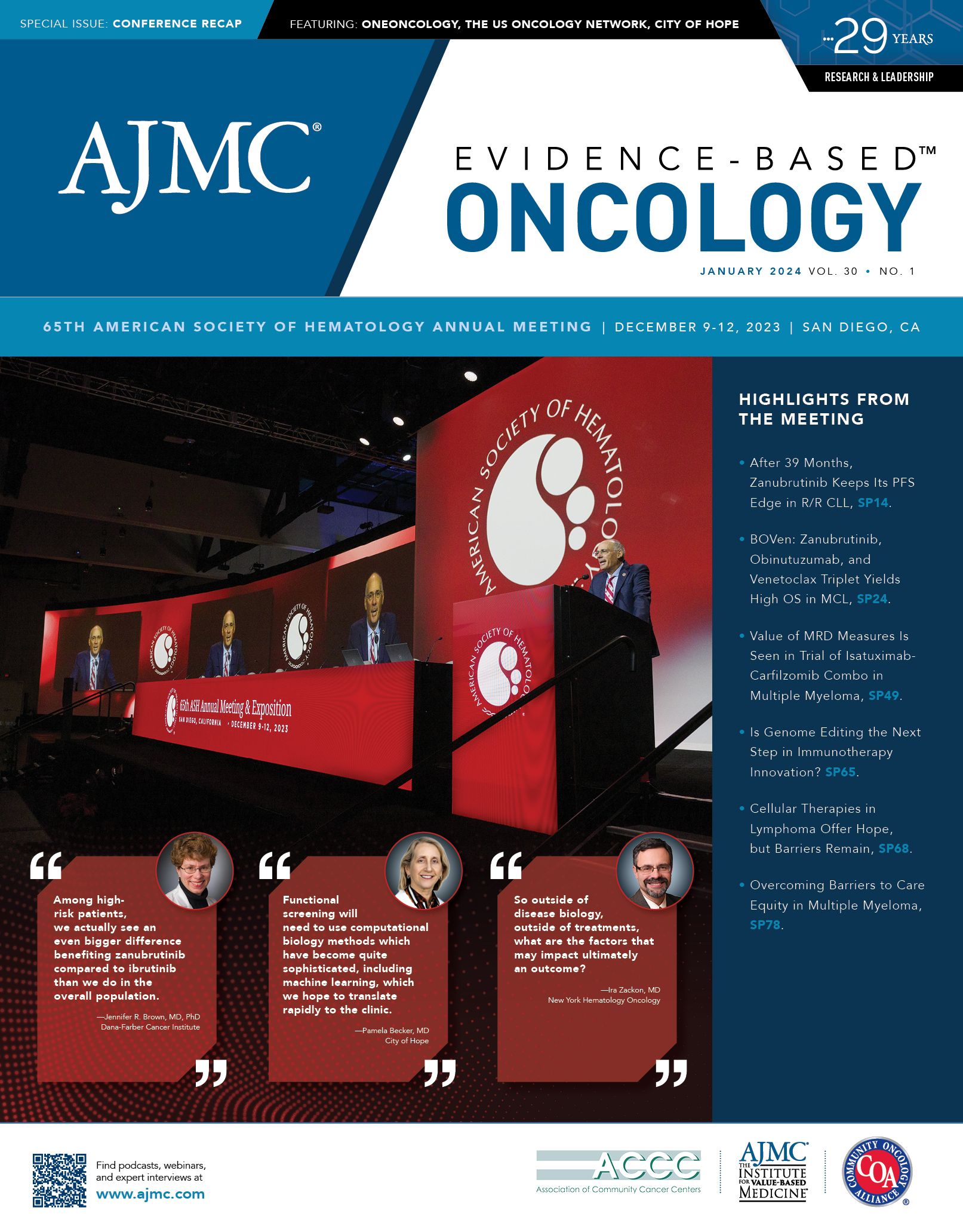News
Article
Evidence-Based Oncology
Is Genome Editing the Next Step in Immunotherapy Innovation? Experts Think So
Author(s):
Presenters at the American Society of Hematology Annual Meeting and Exposition agreed that novel strategies, such as CRISPR and base editing, have potential to fine-tune the latest immunotherapy advancements to increase the efficacy and durability of a range of treatments.
Just a few years ago, chimeric antigen receptor (CAR) T-cell therapy was brand new, offering a novel solution for populations of patients who were short on options and typically faced grim prognoses. But this weekend at the American Society of Hematology Annual Meeting and Exposition, a presentation saw experts in the field agree that with the advent of genome editing, currently available CAR T cells may be the tip of the iceberg in cellular immunotherapy.
Genome editing via CRISPR, which stands for clustered regularly interspaced short palindromic repeats, entails targeting and cutting through DNA strands using CRISPR-associated protein (Cas). This facilitates the addition or removal of DNA at specific sites on the genome, and it has emerged as a potential method for increasing the accuracy and durability of CAR T cells and other immunotherapies.
Alexander Marson, MD, PhD, took the stage to discuss what the roster of presenters agreed lies somewhere on the horizon of CAR T-cell therapy fine-tuning: CRISPR gene editing. Research undertaken by Marson and colleagues at the University of California San Francisco (UCSF) aims to understand gene editing programs and manipulate them to improve immune cell function in a range of immunotherapies.
CAR T cell | Image credit: Alpha Tauri 3D - stock.adobe.com

“Over the past decade, we and many others have brought CRISPR technology into primary cells in the human immune system, with the goal of being able to perform these types of molecular operations—to change specific nucleotides at the targeted site in the genome, to remove genes that are limiting the function of cells, and also to start inserting big sequences that can encode synthetic programs that are really limited only by our imagination.”
By “program,” Marson explained, he means programming aspects such as how sensitive and activatable a T cell is, how durable it is, the level of cytokines produced, and eventually even dictating where the cell will go in the body.
Another question is how the research community can explore this space. At UCSF, the approach has been to use the power of forward genetics to do high-throughput genetic perturbations. Over the last few years, they developed a platform where every gene in the genome can be knocked out using CRISPR in a pool of human T cells.
He noted some examples demonstrating the potential of CRISPR editing, including research at UCSF where he and colleagues have experimented with knocking out, or removing, RASA2, which improved the function of CAR T cells in immunosuppressive environments, even in solid tumors.
Improving CAR T cell efficacy in solid tumors, in particular, has been a pain point in development, even as CAR T-cell therapies have been approved in a number of hematological cancers and shown remarkable efficacy in a significant portion of patients. Therefore, progress in this area has potential to translate to significant clinical relevance in the treatment of solid tumors.
Base editing, a variant of CRISPR, allows for insertion of targeted mutations at specific sites on DNA where Cas9 is recruited with guide RNA. This method has allowed for exploration of which genetic variants are functional—an area where typical CRISPR screens have been limited.
“Because these variants now point to particular places within genes, we can actually link the functional effect of an individual point mutation with the structural effect that it has on a protein of interest, so we can actually match structure and function in a new way at unprecedented scales,” Marson said.
Another area of advancement has been in the functional mapping of targets and mutations to determine the functions of proteins and protein interactions within cells, Marson noted. Two- and 3-dimensional functional maps could allow for analysis of immune phenotypes and facilitate the targeting of small molecules to alter those phenotypes.
“I think this is not just for cellular immunotherapy,” Marson said. “I hope that as we get down to this level of molecular understanding of the proteins that are controlling immune cells, we’ll also be able to take advantage of an expanding set of modalities.”
Exploring CAR T Alternatives in the Cellular Therapy Landscape
For all their impact, CAR T-cell therapies do carry limitations regarding accessibility, cost, and treatment-related factors such as antigen loss and toxicities, Dan S. Kaufman, MD, PhD, hematologist and professor of medicine at the University of California San Diego, explained during his portion of the presentation. While these limitations do not discredit the success of these therapies, they identify areas where CAR T cells and other therapeutics could stand to improve.
CAR T cell AI-generated image | Image credit: AIGen - stock.adobe.com.

“My goals have been to make cell immunotherapy against cancer as easy to use as a drug,” Kaufman said. “That's the way that I put this—that we want these therapies to be targeted, standardized, and ‘off-the-shelf.’”
Currently, the only approved CAR T-cell therapies are autologous, meaning they are the patient’s own engineered T cells harvested via apheresis and engineered to target cancer cells before being reinfused. Allogeneic, or off-the-shelf, options are not unique to each patient, so they could be mass produced and readily available when prescribed. One emerging option in this area has been the use of natural killer (NK) cells.
NK cells have the ability to “kill” targets such as tumor cells or virally infected cells without human leukocyte antigen (HLA) restriction and without prior sensitization. They normally function as allogeneic cells and do not need to be patient-managed, Kaufman explained.
In the past 20 years, research on NK cells has escalated from hundreds of preclinical trials to more than 50 clinical trials going on in a year, Kaufman said, noting that these numbers are still small relative to trials of CAR T-cell therapy but demonstrate growth in the field. Unengineered NK cells hold promise for hematological malignancies, whereas NK cells engineered with CARs, for example, may be on the horizon for solid tumors.
Kaufman highlighted a range of trials showing the potential of NK cells, noting that while efficacy has been seen in a number of trials, common limitations are limited numbers of patients, limited follow-ups, heterogeneity in strategies, and engineering challenges.
A focus for Kaufman and colleagues has been using human stem cells, which can be used as a platform for gene engineering.
“It's relatively straightforward to use your approach of interest—viral vectors, transposons, CRISPR casts, and so on—in the undifferentiated cell, express your CAR or your knockout, make the hematopoietic progenitor cells, and you get a really uniform population of engineered cells,” Kaufman said. This process can be used to reduce off-target effects in cellular therapies and otherwise optimize their efficacy.
With research ongoing, one key lesson has been the importance of identifying areas where cellular immunotherapies can be edited to enhance cell survival in the tumor microenvironment, especially in solid tumors. Knocking out certain aspects of NKs is a promising strategy to increase their antitumor activity with or without the addition of CARs, as well as to potentially create drug-resistant immune cells.
Improving Responses in Blood Cancers: TCR Editing and Genome Engineering
“To foster cancer immunotherapy, we have several challenges to face,” Chiara Bonini, MD, of Università Vita-Salute San Raffaele in Milan, Italy, began. “Among these, we have to decide how to redirect T-cell specificity with TCRs [T-cell receptors]. We need to make the cells able to resist immunosuppressive signals that cancer cells will provide them in the tumor microenvironment. We want to exploit the fact that cell therapy is therapy based on living drugs. We would like to have the cells functional and persistent, and, of course, we want safe products.”
For her part, Bonini focused on the first 2 challenges: redirecting T-cell specificity and making cellular therapies resistant to immunosuppressive tumor microenvironments.
One distinguishing factor of TCR-engineered T cells compared with CAR-engineered T cells is their ability to target both surface antigens and intracellular targets. TCRs also have higher sensitivity, Bonini said. Deciding on an antigen target is a key question, with key goals being to prioritize antigens based on immunogenicity, oncogenicity, and expression on many cancer cells—possibly across cancer types, Bonini noted. An example of such a target is WT1, which is a relevant target in acute myeloid leukemia (AML) but also potentially in some solid tumors.
Research has seen several approaches to TCR-engineered T cells and revealed various nuances and areas for fine-tuning. One revelation has been that exploiting inhibitor receptor (IR) signatures can be used to identify effective tumor-specific TCRs that can be explored in T-cell therapy. There is also potential for genomic editing, similar to what is being explored in CAR T cells.
“Possibly, it is through a disease-specific approach that we will find a way to utilize these tools and generate, for each type of disease, the proper TCR-edited and IR-edited cellular products,” Bonini said.
DNA | Image credit: nobeastsofierce - stock.adobe.com

Carl H. June, MD, director of the Center for Cellular Immunotherapies and the Parker Institute for Cancer Immunotherapy at the University of Pennsylvania Perelman School of Medicine, closed the presentation with an overview of CRISPR-Cas9–mediated deletion of CTLA4 in CAR T cells; the goal of developing a universal therapy for blood cancers by targeting CD45; and loss of inflammatory effector functions in T-cell therapies.
Knocking out CTLA4 intends to boost antitumor activity in CAR T cells, and research at the University of Pennsylvania suggests this approach may perform better than using wild-type CAR T cells in patient-derived leukemia cells in vivo. Interestingly, knocking out both PD-1 and CTLA4, which were both found to be upregulated in patients with chronic lymphocytic leukemia (CLL), produced results similar to wild-type cells, whereas knocking out CTLA4 alone enhanced antitumor activity.
June also discussed targeting CD45 to universally target blood cancers using base editing as a strategy, as typical CRISPR-Cas9 editing to remove CD45 renders T cells and stem cells ineffective. Base editing to add a CD45 CAR and remove the epitope the CAR binds to might facilitate efficacy, with an initial test planned in R/R AML. Data in humanized mice have been promising thus far, June noted.
“This is really an exciting new kind of dual cell therapy that can be enabled by high-resolution base editing to make a target that would normally not be druggable rendered druggable, we think,” June said, echoing the notion that many possibilities remain in the realm of genome editing to enhance cellular therapy efficacy.
Overall, the session reiterated the changing landscape of cellular therapies and the innovations allowing for more refined targeting and improved durability, which will hopefully translate to better outcomes for patients as they make their way to the mainstream.






